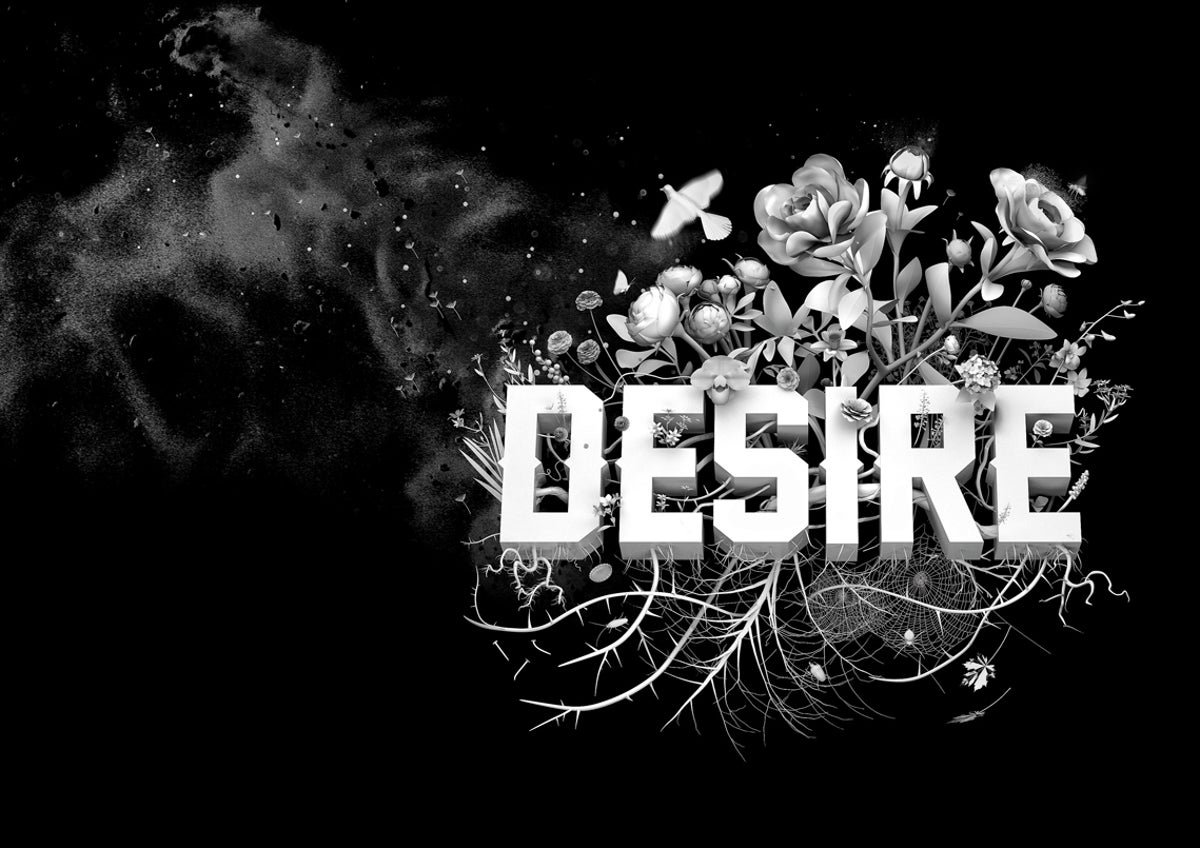
Dopamine: The Currency of Desire

Schultz suggests dopamine serves as a common currency system for desire.
Maia Szalavitz • Dopamine: The Currency of Desire
In this view, dopamine does not signify how pleasant an experience will be but how much value it has to the organism at that particular moment. Schultz notes that dopamine neurons do not distinguish among different types of reward. “They're only interested in the value,” he says. “They don't care whether it's food reward or liquid reward or money.... See more
Maia Szalavitz • Dopamine: The Currency of Desire
In a series of experiments begun in the 1980s, Schultz and his colleagues showed that when monkeys first get something pleasant—in this case, fruit juice—their dopamine neurons fire most intensely when they drink the liquid. But once they learn that a cue like a light or a sound predicts the delivery of delicious stuff, the neurons fire when the... See more
Maia Szalavitz • Dopamine: The Currency of Desire
dopamine is a prediction machine
What dopamine is “really doing,” Berridge says, “is taking things you encounter, little cues, things you smell and hear, and if they have a motivational significance, [it] can magnify that significance,” raising the incentive to pursue them. Placing dopamine directly into the nucleus accumbens of rats, he notes, will make them work two to three... See more
Maia Szalavitz • Dopamine: The Currency of Desire
They labeled the drive that dopamine seemed to induce as “wanting” and called the joy of being satiated, which did not seem to be connected with dopamine, “liking.”
Maia Szalavitz • Dopamine: The Currency of Desire
Nora Volkow, director of the National Institute on Drug Abuse and a longtime researcher of this neurotransmitter, would like to set the record straight: “Dopamine is not the pleasure molecule in the simple, direct way it is typically portrayed in the media,” she says. “Its function is much more nuanced.”